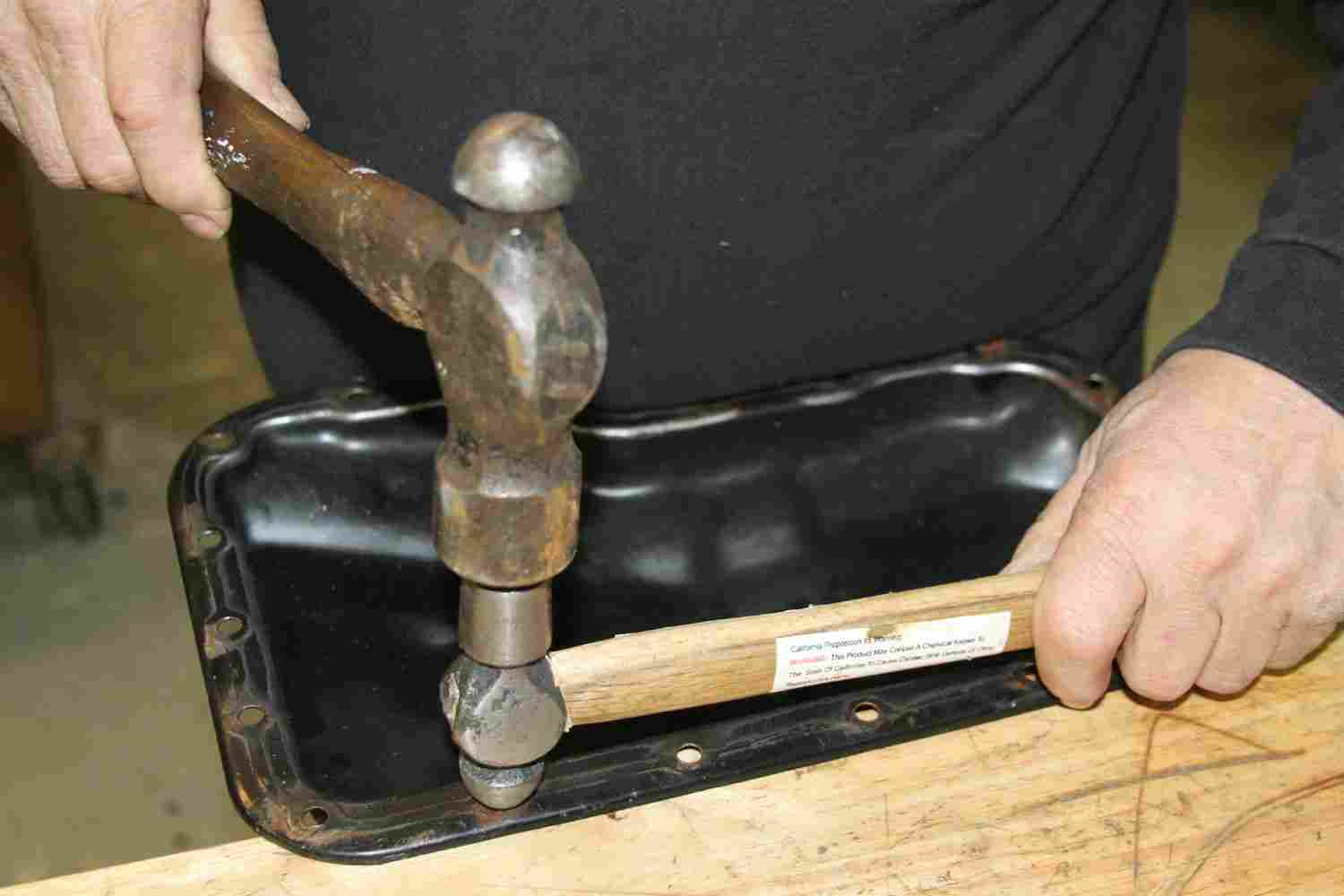In the vernacular of engines the timing cover, oil pan and valve covers are identified as sheet metal. In agriculture the definition is expanded to include any light-grade metal enclosure that contains a liquid or lubricant.
Often sheet metal parts are hard to seal. Most applications use a gasket between the cover and the main component. If no gasket is employed then a sealant such as RTV takes its place.
A major frustration is a persistent leak even after the gasket has been changed. By employing the following measures it will be fixed right the first time.
Simple steps to success
If the leak site is very hard to access first try Permatex Spray Sealant Leak Repair (#82099). It is an excellent product.
If you do end up changing the gasket make sure you thoroughly clean the sealing surface of both the cover and the part. Perform a visual inspection for imperfections and high and low spots. Any difference that is greater than the gasket thickness will leak.
The major cause of warped sheet metal is over tightening. The bolts just need to be snug to marry the cover with the gasket and only slightly depress it.
If RTV is used keep in mind that it means room temperature vulcanising. The sealer will not cure and form a gasket in a cold or hot environment. Do not add any liquid to the sheet metal enclosure until the sealer is cured. If possible it is best to leave it overnight.
Just because the gasket fits does not mean it is made from the proper material for the task or liquid that needs to be contained. It is wise to use name brand or original equipment gaskets. There is a reason why they cost more.
By far the most common cause of leaks is deformation of the area around the bolt holes from over tightening. The material is thin and it will bow out toward the sealing surface. This can be seen by turning the part over and looking at the gasket surface sideways.
Place a small ball peen hammer on the bowed bolt hole while resting the part on the edge of a work bench as seen above. Then hit the small hammer with a larger one. The goal is to gently bow the sheet metal the other way so when it is tightened it will then bend flush against the gasket or sealant. This is identified as peening the bolt holes back over.
Install the cover and all the fasteners so they just touch the sheet metal. Then incrementally and in a crisscross fashion make them all snug. Let the gasket rest for a few minutes and then go around the perimeter of the cover snugging all the bolts evenly. If possible repeat after a few thermal cycles.


